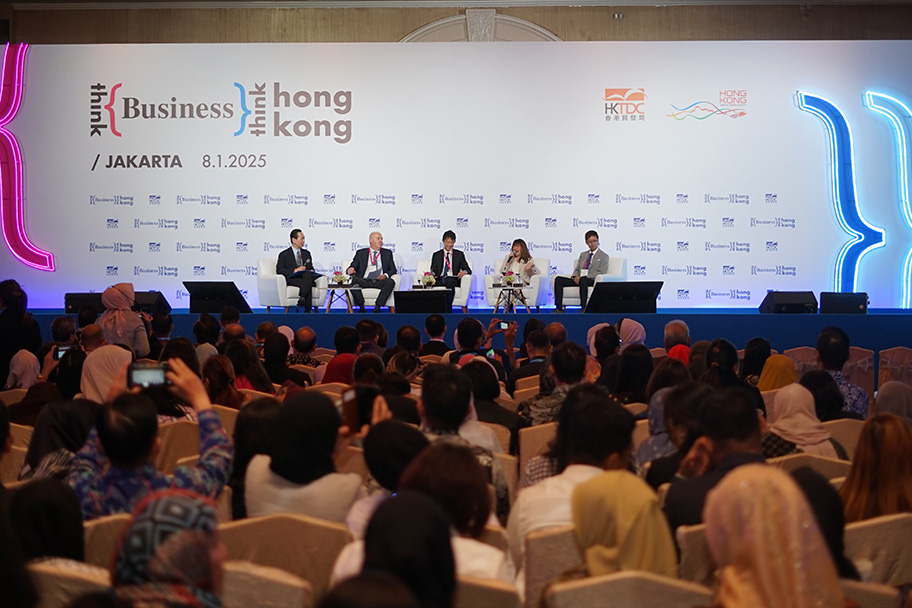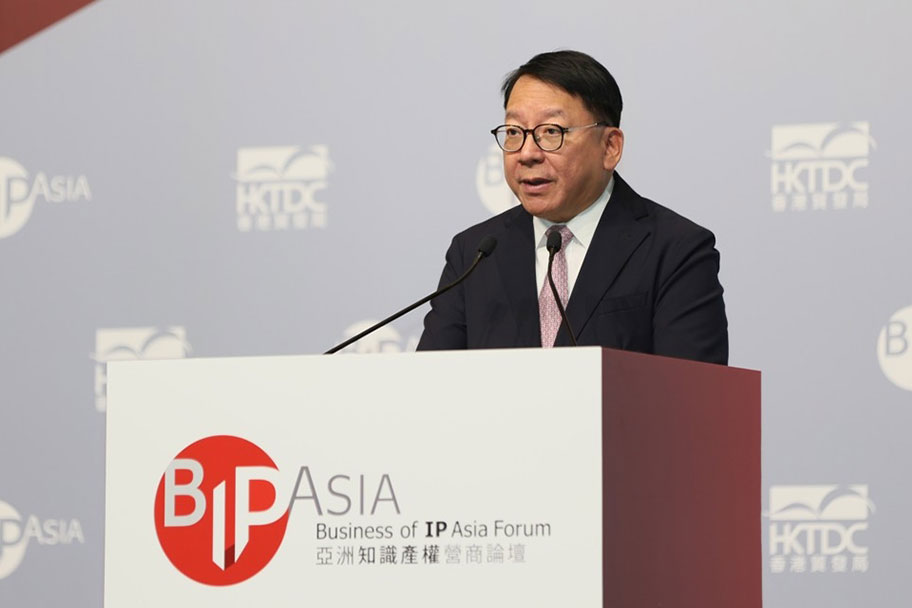Kuwait: Heavily Rely on the Oil Sector
Kuwait: Heavily Rely on the Oil Sector
Highlights
| Political |
|
| Economic |
|
Country Overview
Kuwait is an Arab country at the tip of Persian Gulf, highly dependent on its oil resources. It has reserves of about 102 billion barrels - more than 6% of world reserves. Oil and gas sector has dominated the economy, making up about 60% of the country’s GDP and about 95% of export revenues. Thanks to its rich oil resources, Kuwait is among the most prosperous country in the world, with GDP per capita exceeding US$40,000. Kuwait has done little to diversify its economy, leaving the country exposed to external conditions. The political turmoil in Iraq and the rise of the extremist jihadi group also represent major concern for Kuwait’s security.
Key Data | |
| Capital | Kuwait City |
| Population | 4.0 million |
| Area |
17,818 sq km |
| Currency | Kuwaiti dinar |
| Official language | Arabic |
| Form of state | Constitutional monarchy |
| Major Merchandise Exports (% of total, 2012) | Major Merchandise Imports (% of total, 2012) |
| Crude oil (93.3%) | Consumer goods (40.0%) |
| Non-oil (6.7%) | Intermediate goods (34.0%) |
| Capital goods (23.0%) | |
| Top three export countries (% of total, 2013) | Top three import countries (% of total, 2013) |
| South Korea (15.1%) | China (11.1%) |
| India (14.1%) | US (10.7%) |
| Japan (10.8%) | Saudi Arabia (8.0%) |
Source: Economist Intelligence Unit (www.eiu.com)
Political Trend
Kuwait is a constitutional monarchy. Although there are no formal political parties, Kuwait has a strong electoral tradition, with a vocal single-chamber parliament made up of 50 members, which can reject government legislation. The current parliament is more balance between supporters and opponents of the government than its predecessor. However, persistent conflicts between the government and parliament could pose larger risks on political stability, and hinder structural economic reforms.
Given Kuwait’s relatively small size, strengthening political and economic ties with its five Gulf Cooperation Council neighbors will remain a key policy objective. Kuwait will seek to continue the policy of building strong bilateral relationships with major Asian powers such as China, Japan, India and South Korea, which are Kuwait’s main trading partners.
Economic Trend
Economic Indicators |
2011 |
2012* |
2013* |
2014^ |
2015^ |
Nominal GDP (US$ bn) |
155.0 |
174.9 |
173.5 |
177.3 |
183.6 |
Real GDP growth (%) |
10.2 |
8.3 |
3.0 |
2.5 |
3.7 |
GDP per capita (USD) |
41,940 |
45,750 |
43,760 |
43,330 |
43,510 |
Inflation (%) |
4.8 |
3.3# |
2.6 |
3.0 |
3.7 |
Budget balance (% of GDP) |
29.8 |
25.9 |
26.0 |
25.1 |
22.4 |
Current account balance (% of GDP) |
43.3 |
45.9 |
40.8 |
37.9 |
34.6 |
External debt/GDP (%) |
24.1 |
20.2# |
19.6# |
18.7 |
19.1 |
#Actual * Estimate ^ Forecast
Source: Economist Intelligence Unit (www.eiu.com)
Kuwait’s oil reserves remain plentiful. It ranks first globally in per capita terms, with about 26,800 barrels per capita. At the current rate of production, proven oil reserves would last about 90 years. Substantial oil revenues have strengthened government finances significantly. Over the past ten years, Kuwait has recorded budget surpluses of 30% of GDP on average, current account surpluses averaged 35% of GDP, reducing the country’s vulnerability to external financial and economic risks to a very low level.
Looking ahead, a gradually rising oil production, and public and private consumption would support a higher growth of around 4% in the near term. However, risks remain predominantly on the downside, given the slower potential growth in advanced economies and emerging markets.
The government has announced a new five-year development plan, for 2015‑19, focusing on economic diversification and the implementation of several strategic mega-projects to boost investment. However, the plan still needs to be passed by parliament. Despite fiscal position is strong, spending rigidities on subsidies and pensions as well as rapid spending increase, which has trebled in the past decade, have also highlighted Kuwait’s fiscal risks.

Hong Kong – Kuwaiti Trade
Kuwait was the 59th largest trading partner of Hong Kong in 2013, the value of Hong Kong exports to Kuwait accounted for 0.05% of Hong Kong’s total trading value. Total exports from Hong Kong to Kuwait increased by 55.1% from HK$1.1 billion in 2012 to HK$1.7 billion in 2013. The top three export categories to Kuwait were: (1) telecommunications, audio & video equipment (+96.0%), (2) office machines & computers (+16.1%), and (3) photographic apparatus, equipment and supplies and optical goods & watches and clocks (+27.8%), which represented 79.8% of total exports to Kuwait.
ECIC Underwriting Experience
The ECIC imposes no restrictions on covering Kuwaiti buyers. Currently, the insured buyers in Kuwait are mainly small and medium-sized companies. For 2013, the number and amount of credit limit applications on Kuwait increased by 3.3% and 11.3% respectively, while insured business rose by 141.7%. Major insured products were jewellery, clothing and electrical appliances, which represented 91.7% of ECIC’s insured business in Kuwait. The Corporation’s underwriting experience on Kuwait has been satisfactory, with no claim payment or payment difficulty case reported from October 2013 to September 2014.
| Content provided by |

|





